18 Mar Four need-to-know facts about Tendons
Myth shattering fact number 1:
There is no such thing as TENDONITIS!
When I was first trained to become a physio we treated tendon pain with rest, ice and anti-inflammatories thinking it was an inflammatory response we were dealing with. This treatment was never very effective, but we didn’t know any different!
When our tendons hurt this is due to changes in the cellular structure. Degeneration, trauma and overuse can lead to these changes, makes the tendon unhappy and causes pain. Tendinopathy is much more accurate term and should be used instead!
We now know this change in structure does not heal. The only way to change this “disorganisation” in the tendon is to build a well organised structure around the problem. The strong and organised structure will be able to carry load well and without pain. This is why a tendon often gets thicker as it heals. It is NOT SWOLLEN. It is getting strong again!
Useful Fact number 2:
To strengthen a disorganised, unhappy and often painful tendon you need to sensibly load the tendon. (Yes, you did hear right!!! Load- as in “work” the tendon!)
The load we will put on a tendon needs to be just right: Work too heavy too soon and you will end up with an even more unhappy tendon as tendons do not like change.
Make the load too easy and we will not achieve the desired outcome (long term pain relief) and stimulus to healing.
Interesting fact number 3:
Tendons don’t like change! New surfaces (walking the beach after living in Sydney, having new shoes or re-starting your gym program after the lock-down) can really upset our tendons.
Tendons also don’t like pressure. (lying on your side can affect the Hip tendons or sitting too long can hurt your hamstring tendon near your sit bone).
So, as we load your tendon, we need to do so very gradually and trick the brain that there is not much change. “Doctor Google” simply does not cut it for a good tendon program. We need to assess the exact capacity that your tendon can deal with right now and load it just marginally above that point in a position that does not compress your tendon. Sounds complicated? It is, that’s why a Physio is the way to go to get help with getting it right.
Thing to keep in mind No 4:
Not all tendons behave the same. The tendons of the upper limb need a different type of load to the lower limb tendon. The Achilles tendon is different to the kneecap tendon which is different from your gluteal (butt muscle) tendons. All tendons should behave like a spring, however. They should have some pre-tension from where you can load in either direction.
Have you ever thought about the term of “loosing your spring in your step”?? It pretty much explains exactly what happens to tendons when they are disorganised. You just don’t bounce as well and feel heavy. This, of cause, can be reversed and build back up. You just have to do it SLOWLY and be patient. It is easy if you know what to do.See us, if you think you lost spring in your step!!! We can help you get it back!


Call: (02) 6674 4142